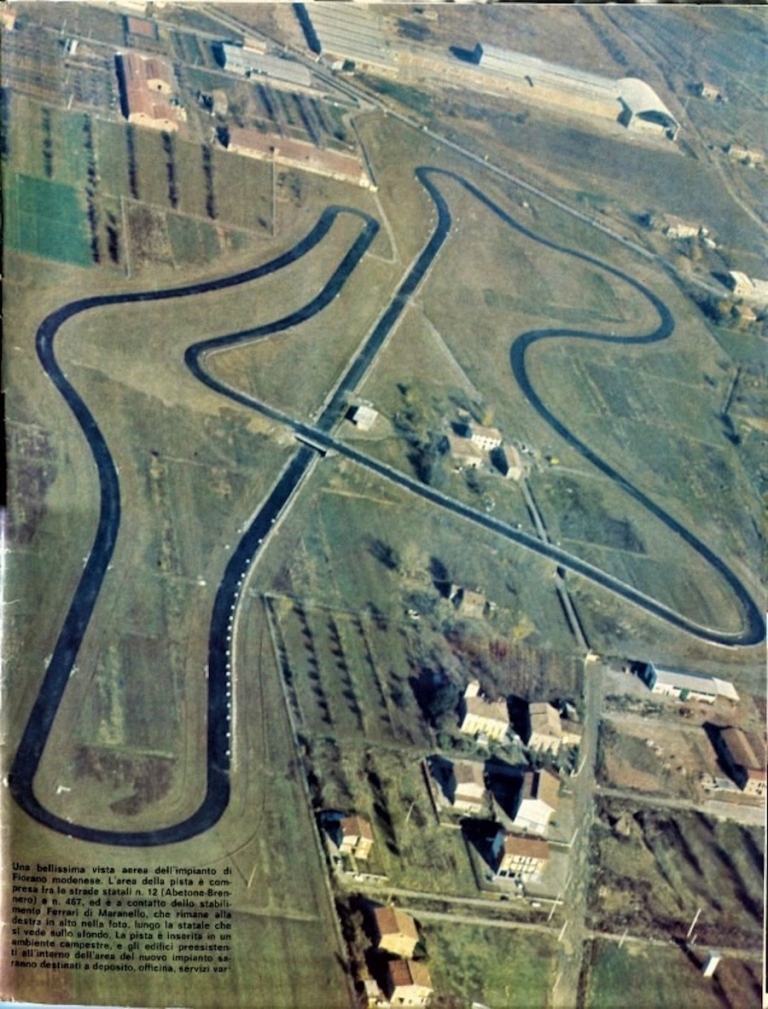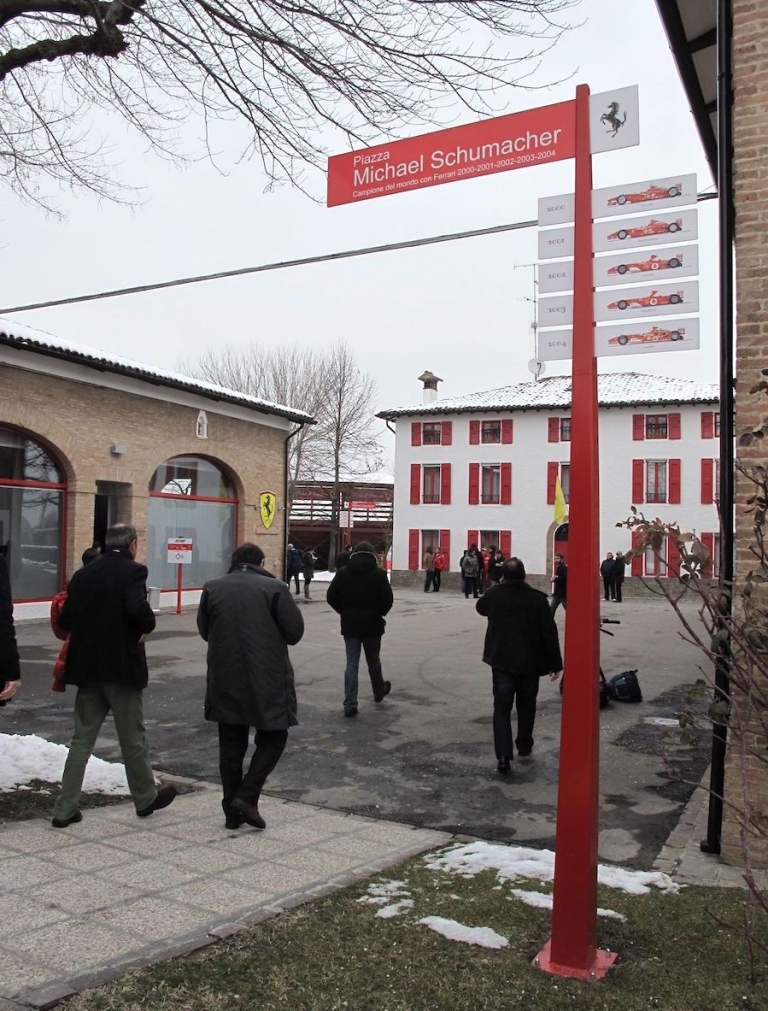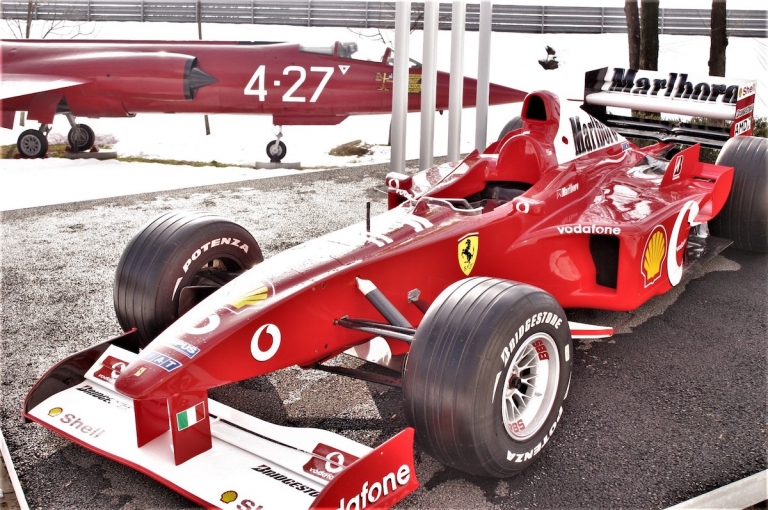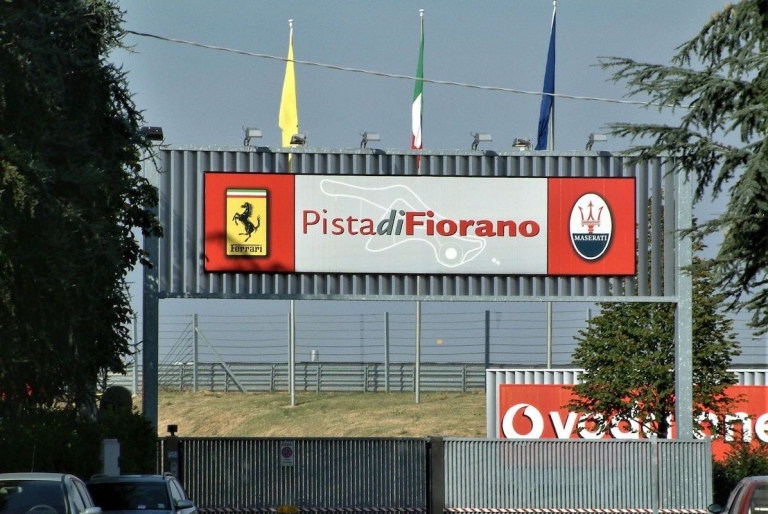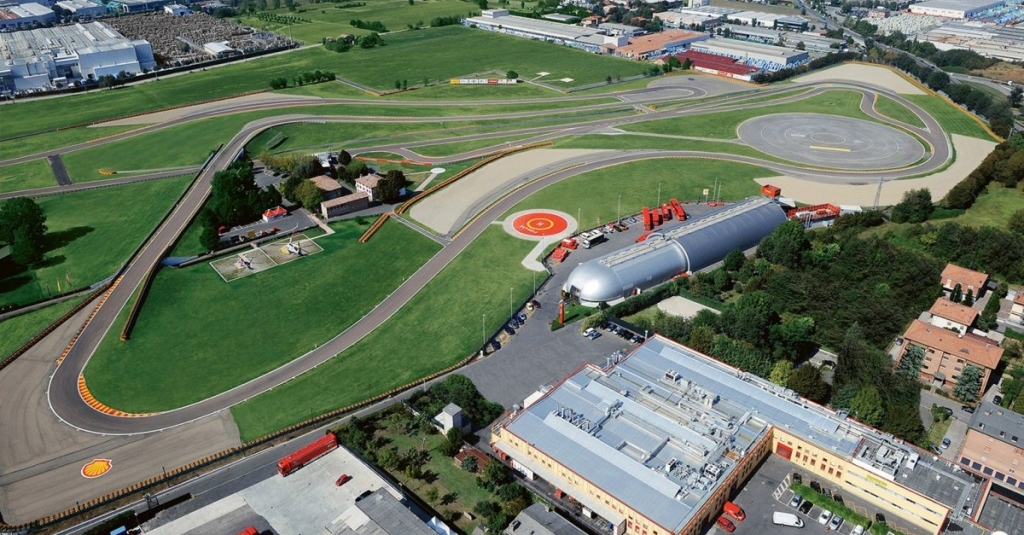
Since 1972, Ferrari’s legendary test track has played a decisive role in the performance of the F1 team. Károly Méhes investigates.
Despite moving his company base from Modena to Maranello during World War II, Enzo Ferrari continued to test his road and racing cars at Autodromo di Modena for the next 25 years. By the late 1960s however, the circuit that had claimed the lives of Eugenio Castellotti, Guiulio Cabianca and others was not fit for purpose. With no money forthcoming to fund upgrades to Autodromo di Modena, Enzo Ferrari decided to construct his own circuit. Using some of the funds he had received from selling 50% of his company to FIAT in 1969, Enzo purchased land adjacent to the Maranello factory and began construction on the Fiorano test circuit.
“Every single part of the track must be able to test the dynamic behaviour of the car in such a way that makes it easy to identify the problems of every car. From this moment on, I don’t want any Ferrari to tackle the track or enter mass-production without passing the Fiorano test with flying colours.”
The popular Italian motorsport publication Autosprint followed the construction of Fiorano with regular updates from early 1971 until its completion in April 1972. Designed to check the behaviour of cars under different operating situations, Fiorano was fitted with complex electronic equipment capable of supplying a central computer with a continuous feed of data. Closed circuit television with fixed and mobile camera locations monitored cars around the track. As well as different radius corners which put the chassis under severe strain, the design of Fiorano reproduced many of the different types of corners that could be found on the Formula 1 calendar of the time, including a hairpin modelled on the Rascasse of Circuit de Monaco and the Brünnchen from the Nürburgring Nordschleife.
Mauro Forghieri on the importance of Fiorano
We spoke to Ferrari’s legendary chief designer from 1962-85 about the importance of Fiorano. Now aged 85, Mauro Forghieri underlines the single most important benefit of the track. It was right next to the Ferrari factory and could be used around the clock, practically every day of the year. “The secret of Ferrari’s revival in the 1970s with Niki Lauda was Fiorano, the pure fact that we tested and tested and tested which gave us performance,” says Forghieri.
Despite two drivers’ titles in 1975 and 1977 for Lauda, Forghieri says that New Zealander Chris Amon was the best Ferrari test driver; “He had all the qualities to be a World Champion, but bad luck just wouldn’t let him be.” Forghieri says that Enzo Ferrari loved his testing track, and while he travelled to Monza and Imola only on rare occasions, it was his real passion to watch his cars circulating at Fiorano for hours on end.
Fiorano remained central to Ferrari’s F1 successes until a ban on private testing was introduced in 2009. Niki Lauda’s diligent testing regime was carried on by his successors, including Gilles Villeneuve, Michele Alboreto and of course Michael Schumacher.
My first visit to Fiorano came in 1999, where I was allowed to look inside Enzo’s former house next to the small pits area and see the room where Michael Schumacher stayed after testing. The F1 track record still belongs to the German ace (55.999 seconds, set in 2004) and the little square here is named after the driver who took so many championships for The Scuderia. There’s also an F104 fighter jet from the Italian Airforce that lost a famous drag race against a Ferrari 126C driven by Gilles Villeneuve at the Istrana military airport in November 1981.
Fiorano is a mecca for the fans that are allowed inside the hallowed grounds. You can almost smell the almost 50 years of Ferrari heritage. Now the track is silent. Until better days, the glamour of the past remains a consolation.
